This article explains most common terms that the plant layout designer encounters when creating a pump layout.
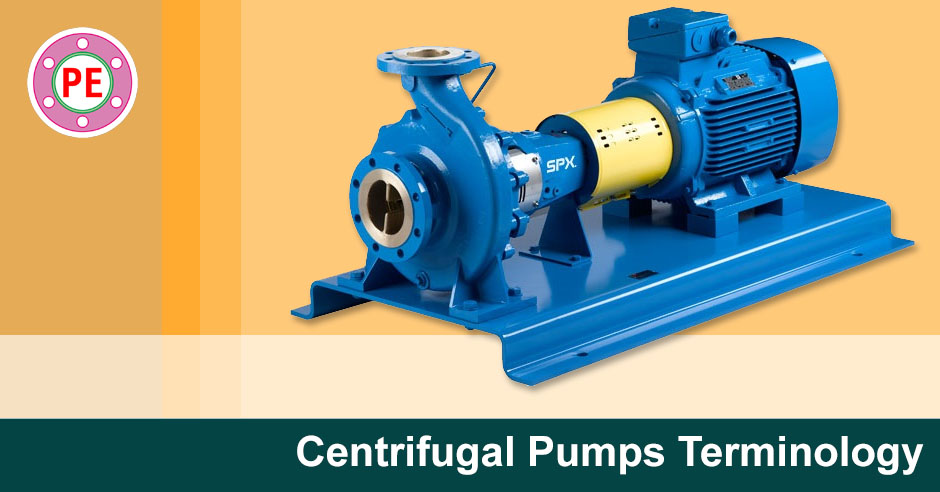
Allowable nozzle loading :
The allowable nozzle loading is the maximum amount of stress that the piping configuration may impose on the pump suction and discharge nozzles, as set by the vendor, client, or code. The pipe stress engineer is responsible for working within this tolerance by Coordinating the piping design early in a project and rechecking all calculations before formal fabrication issues of piping drawings are made.
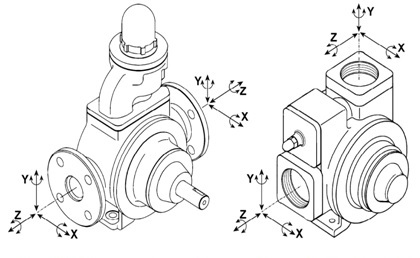
Above diagram shows the forces and moments on the inlet and discharge ports of a pump. X denotes horizontal (parallel to shaft), Y denotes vertical and Z denotes horizontal (Perpendicular to shaft)
Net positive suction head :
NPSH is one of the most important terms a plant layout designer needs to understand when developing an equipment layout that includes pumps and vessels. The required net positive suction head is a measure of the pressure drop of the liquid as it moves from the inlet of the pump to the eye of the impeller. It is a characteristic of the pump that is generally determined by testing and is expressed in “feet of water” by the pump manufacturer.
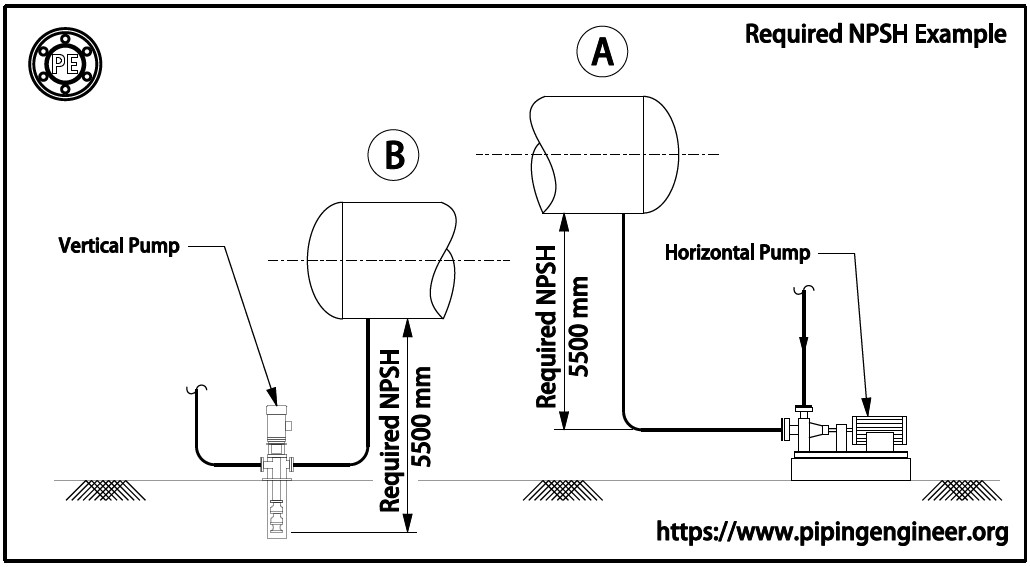
Vapor pressure :
When the pressure in the pump suction line falls below the vapor pressure of at liquid, the liquid flashes, or changes to vapor. Because no ordinary liquid pump can pump only vapor; liquid flow to the pump falls off and the unit is said to be vapour bound.
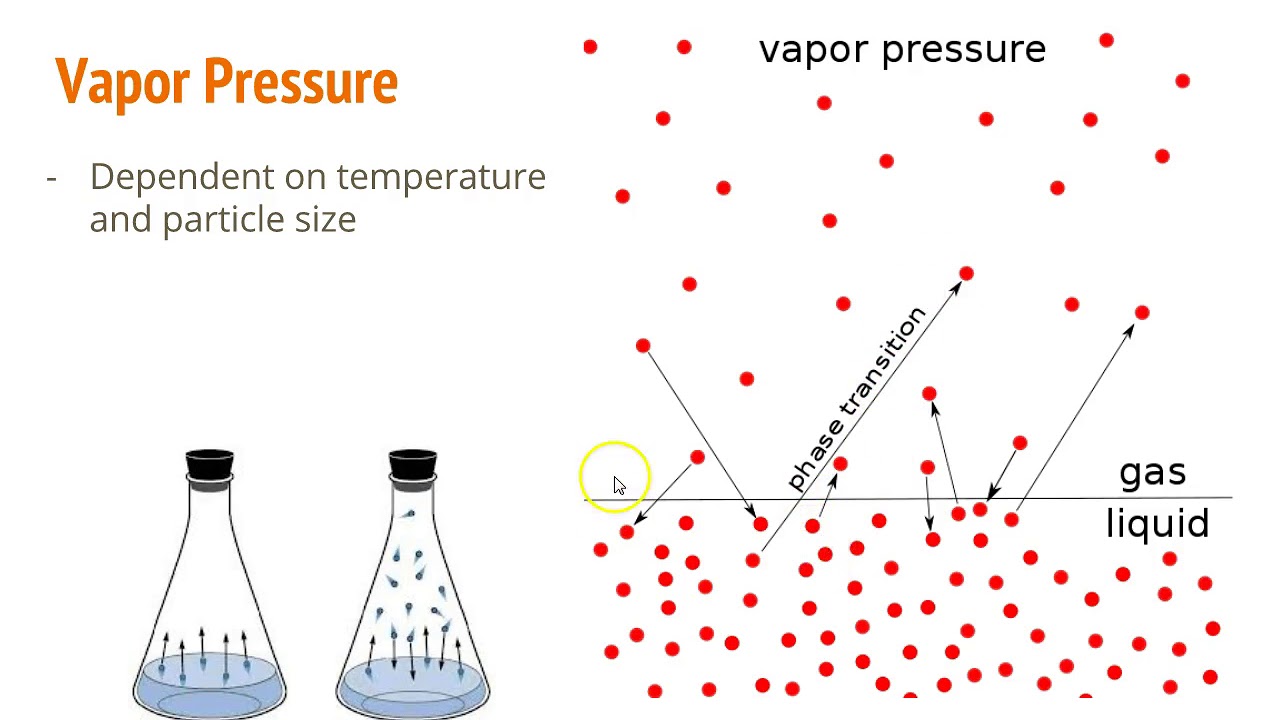
Available net positive suction head :
The available NPSH is the net pressure available in a given system, based on vessel pressure and static head, minus the liquid vapor pressure and functional losses in the system. The goal is to maintain equipment heights and minimize pump suction piping to ensure that the available NPSH is greater than the required NPSH. Insufficient NPSH can reduce pump capacity and efficiency and lead to cavitation damage.
Available NPSH = (Vessel Pressure + Static Head) – (Vapor Pressure + Functional Losses)
Cavitation :
The rapid collapse of vapor bubbles that can produce noise, result in a loss of head and capacity, and create a severe erosion of the impeller and casing surfaces in the adjacent inlet areas.
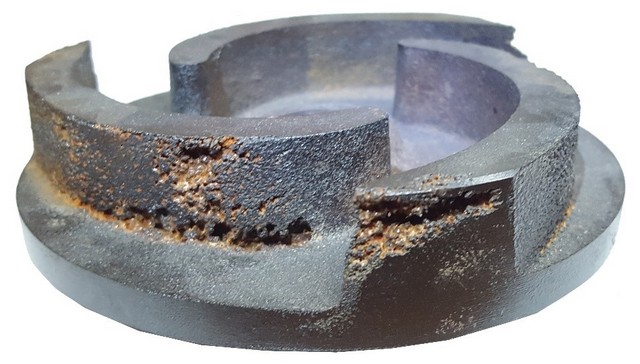
API (American Petroleum Institute) pumps :
This term refers to the horizontal, single-stage pumps found in the petroleum industry. The standard developed by vendors, contractors, and users entitled “API-610” Centrifugal Pumps for General Refinery Service” is used to specify pumps for purchase. To a plant layout designer, an API pump is a large, refinery type pump.
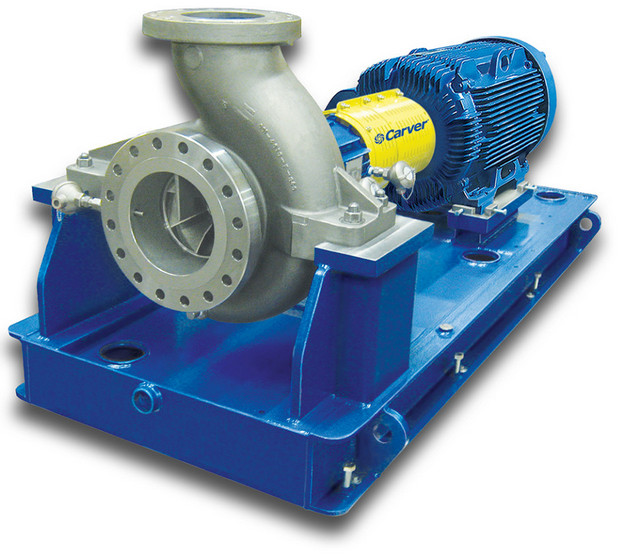
AVS (American Voluntary Standard) pumps :
This standard, issued by the Hydraulic Institute, outlines several pumps with standard dimensions. They are interchangeable for a given size, regardless of who builds the pump, with no effect on foundation, piping design, or type of electric motor used.
